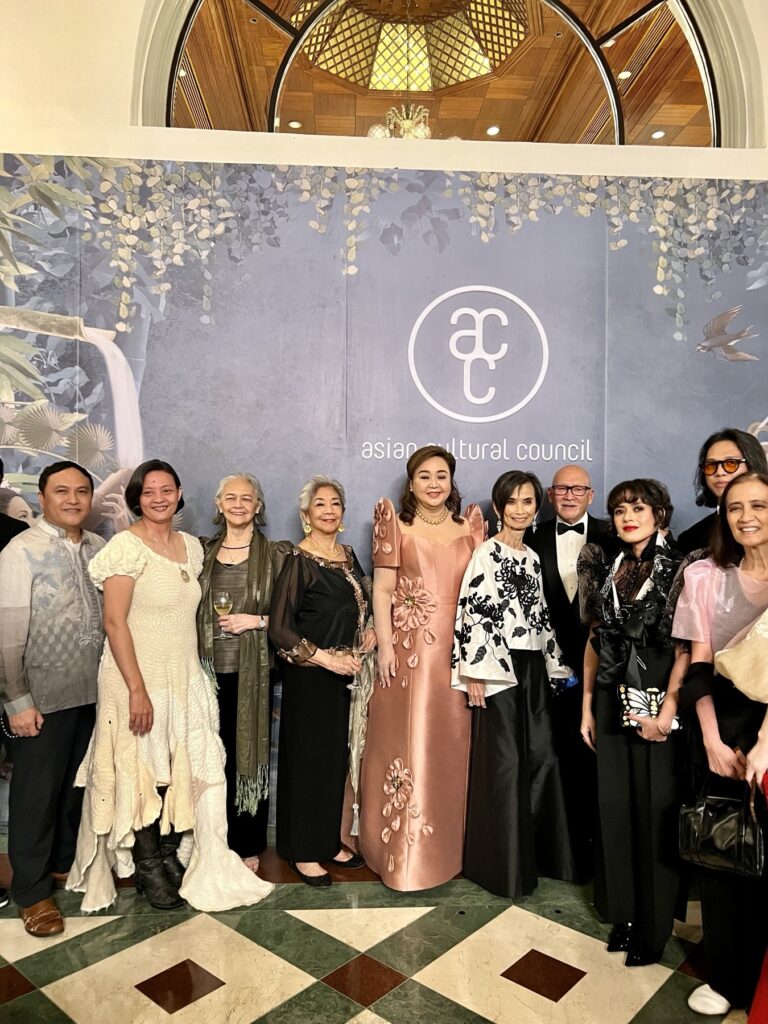It was a table arranged to encourage conversations, where even small talks sounded big.
“We must help the arts!” a man in finery raised a toast in declaration, over opulent dinner and hungry artists.
A meal of three parts and an outpouring of champagne to the tune of P100,000.
A more charitable view argues it will send a creative pauper to Parsons.
Perhaps Rhodes or Julliard or Chicago.

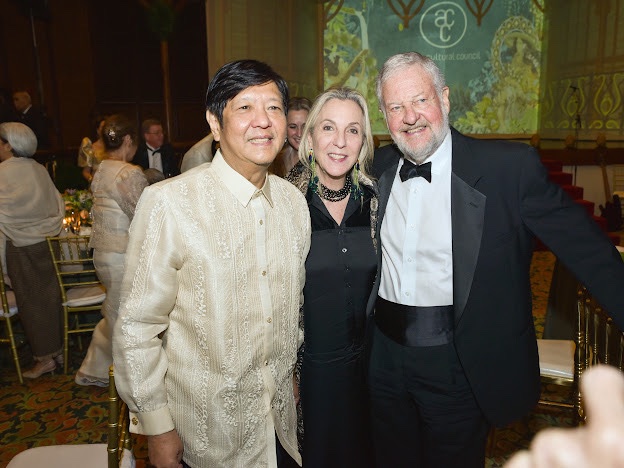
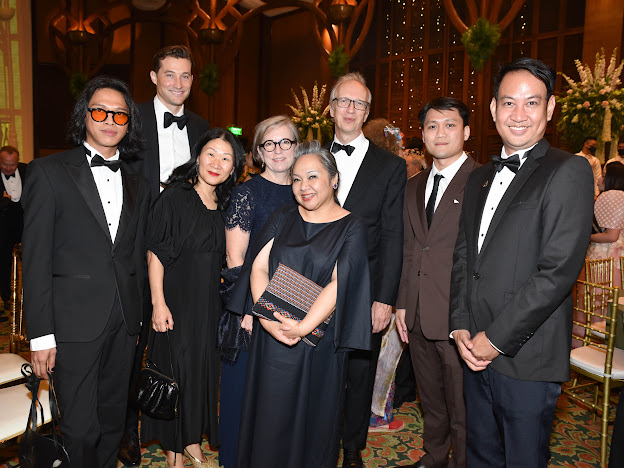
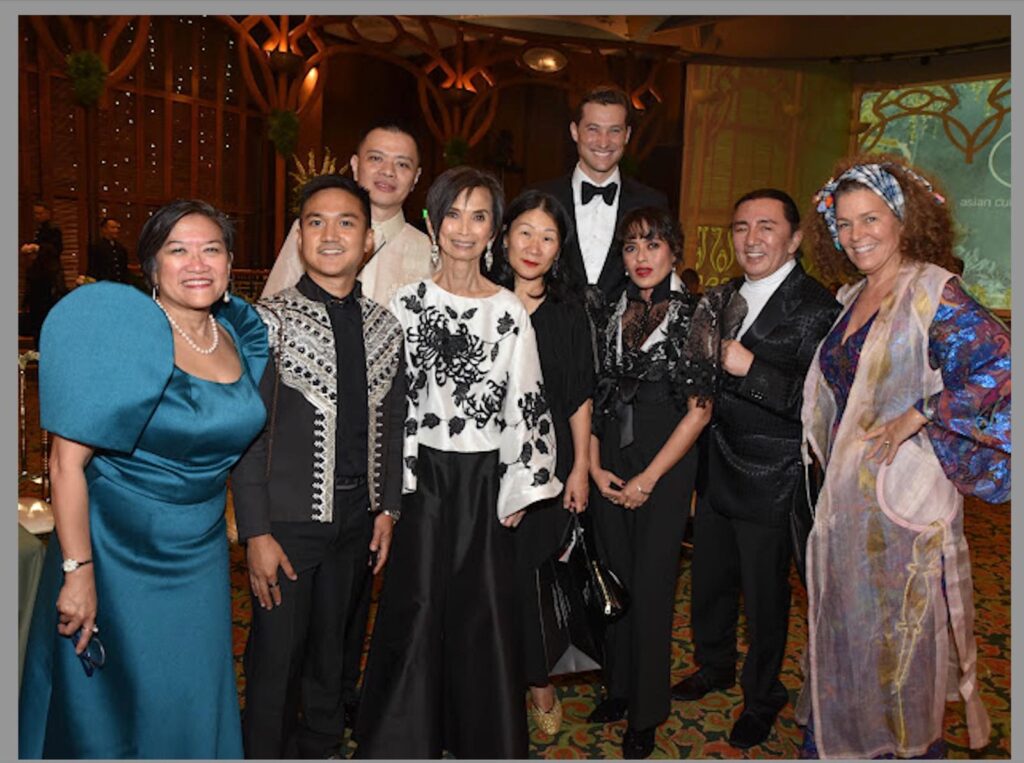
It was a vision transmuted 60 years ago, when philanthropist John D. Rockefeller 3rd ignited a faculty that laid dormant in rich men through Asian Cultural Council’s grantmaking and grant-seeking to support cultural exchanges between Asia and the US.
The fundraiser at the Maynila Ballroom at the Manila Hotel on 8 November was a nod to ACC in Manila, which celebrated its 60th anniversary this month with ACCs in New York, Japan, Taiwan and Hongkong.
A veritable raft of benefactors in attendance milled the capiz-decked august halls, including global figures of the benevolent fund and general social conscience: Rockefellers from New York, Danish philanthropist Hans Michael Jebsen, the Jardins from Hongkong, and one that goes by “a good man” moniker from Taiwan.
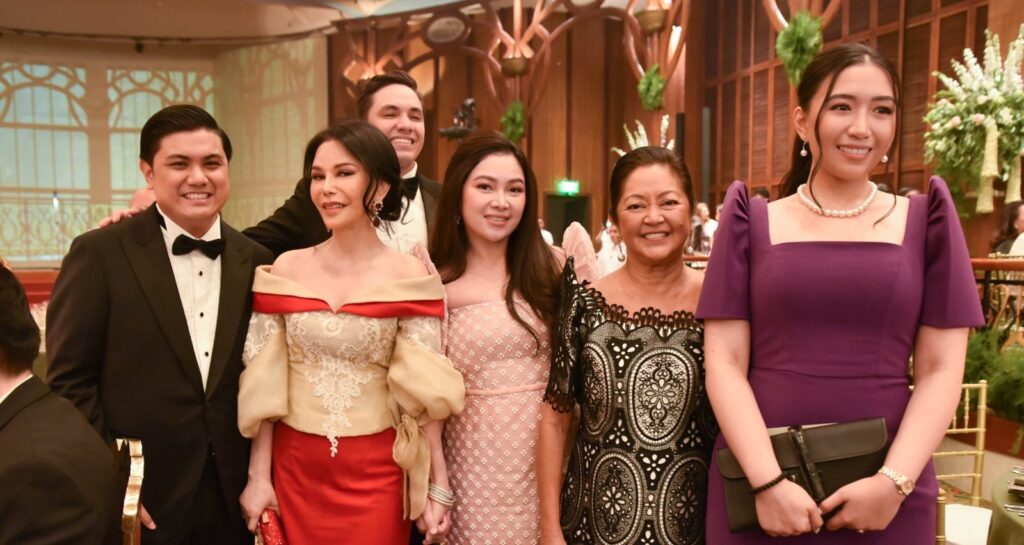
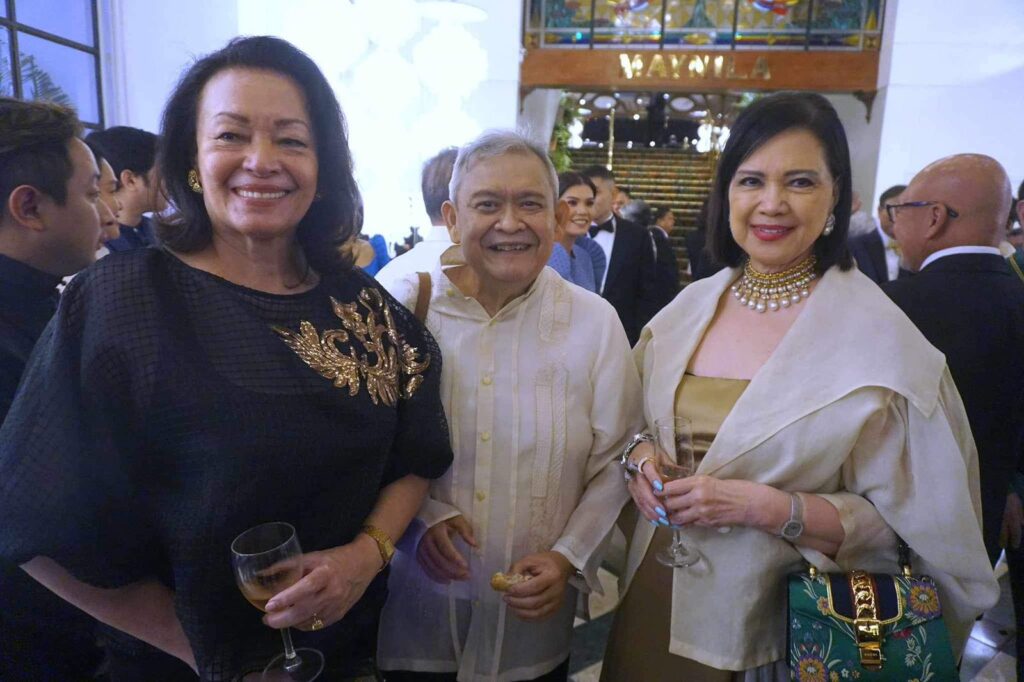
Together, they formed a broad coalition of money and power invested in passion, a groundswell of support for a cause that has bankrolled over 6,000 exchanges across 26 countries and regions, and 16 artistic disciplines.
In the Philippines, the grant has had over 300 alums since 1964, including nine who became national artists.
“Each grant costs us $60,000 per artist,” said ACC Philippines’ Nestor Jardin. “The criteria is the artist’s background in his form and the proposal that he presents, whether it’s an observation grant or a postgraduate study.
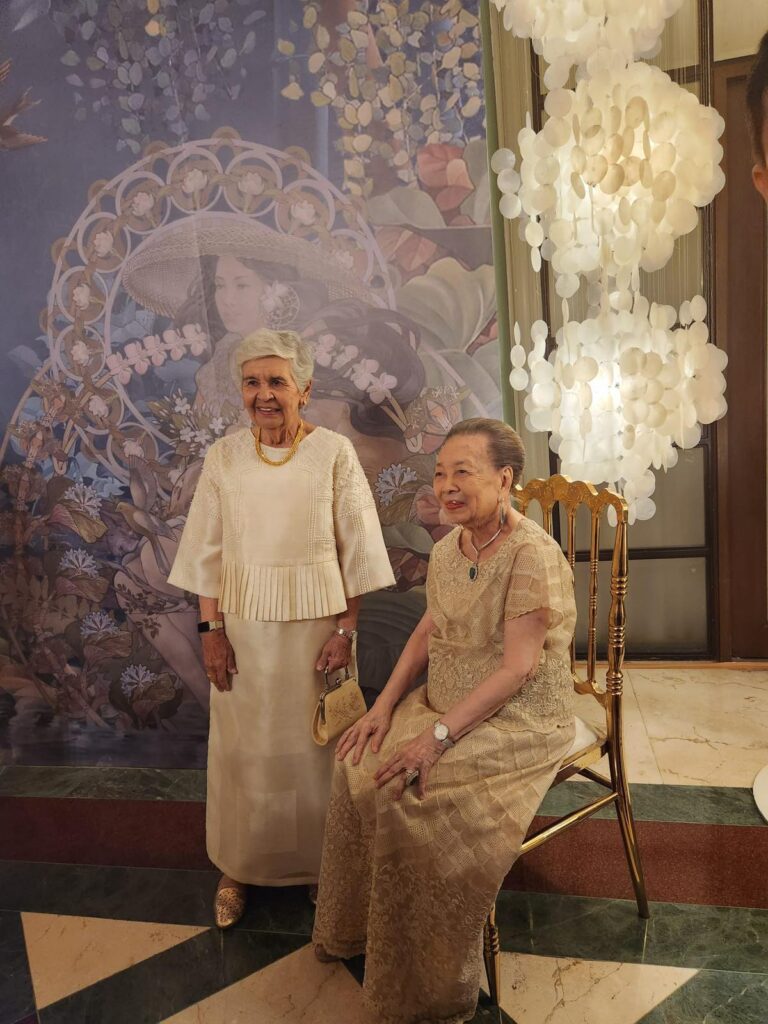
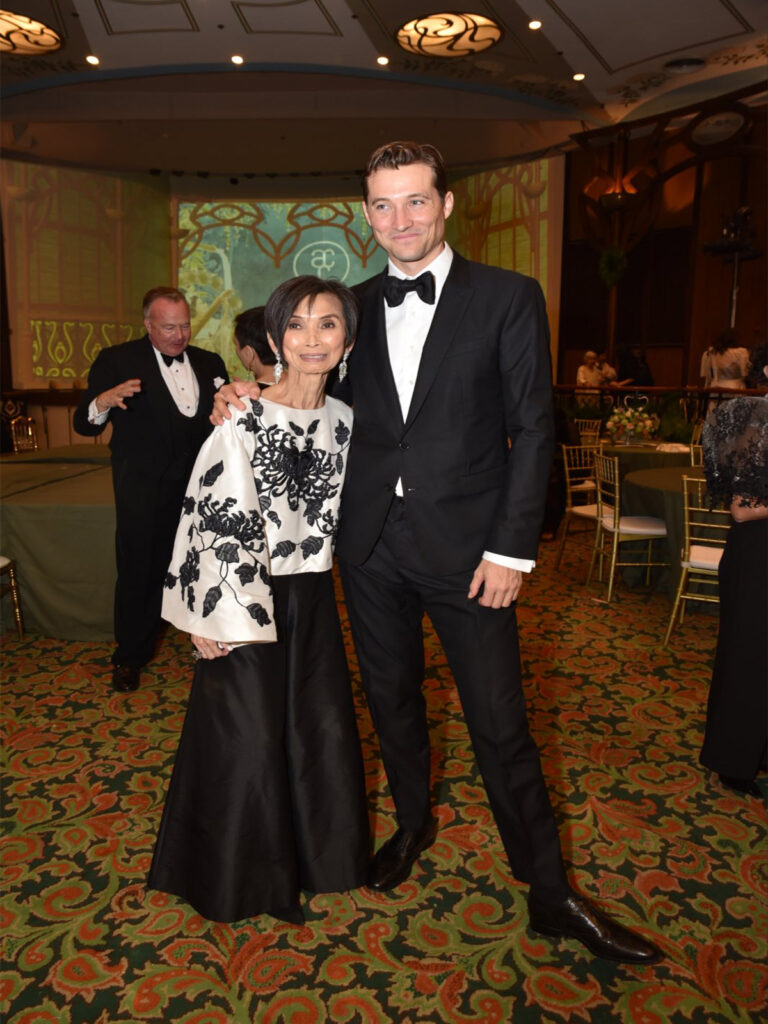
The board looks into how your art form will relate to your program and how it will benefit not only the artist but also the artistic sector he belongs to.”
The former president of the Cultural Center of the Philippines is himself a recipient of the John D. Rockefeller 3rd Award for his significant contribution to the international understanding, practice, and study of the visual or performing arts of Asia.
“I think [in a world so steeped in competitive artistry, we] stand brightly because of our unique background as a people, our unique culture–it’s an amalgamation of American, Spanish and native cultures; and native cultures are different here depending on the region you’re coming from,” Jardin said. “This base of inspirations and materials to draw from makes us unique in the world, whether you are a singer or a dancer, we excel in many fields and many Filipino artists have won competitions because of that.”
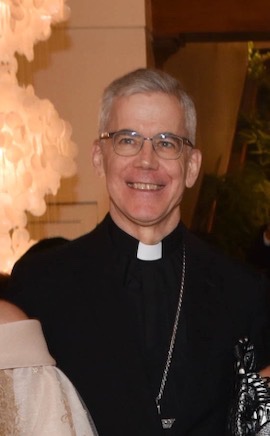
ACC also convenes arts leaders for dialogue on the importance of cultural exchange in developing understanding and respect across international and cultural borders.
The fund doesn’t finance production-based grants, like helping an artist in the creation of artwork or an exhibition; it provides cultural-enrichment opportunities for selected grantees.
The grants don’t just fit the mold of travel funding; the recipients have the liberty to design an individual experience for a total immersion in different cultures.
